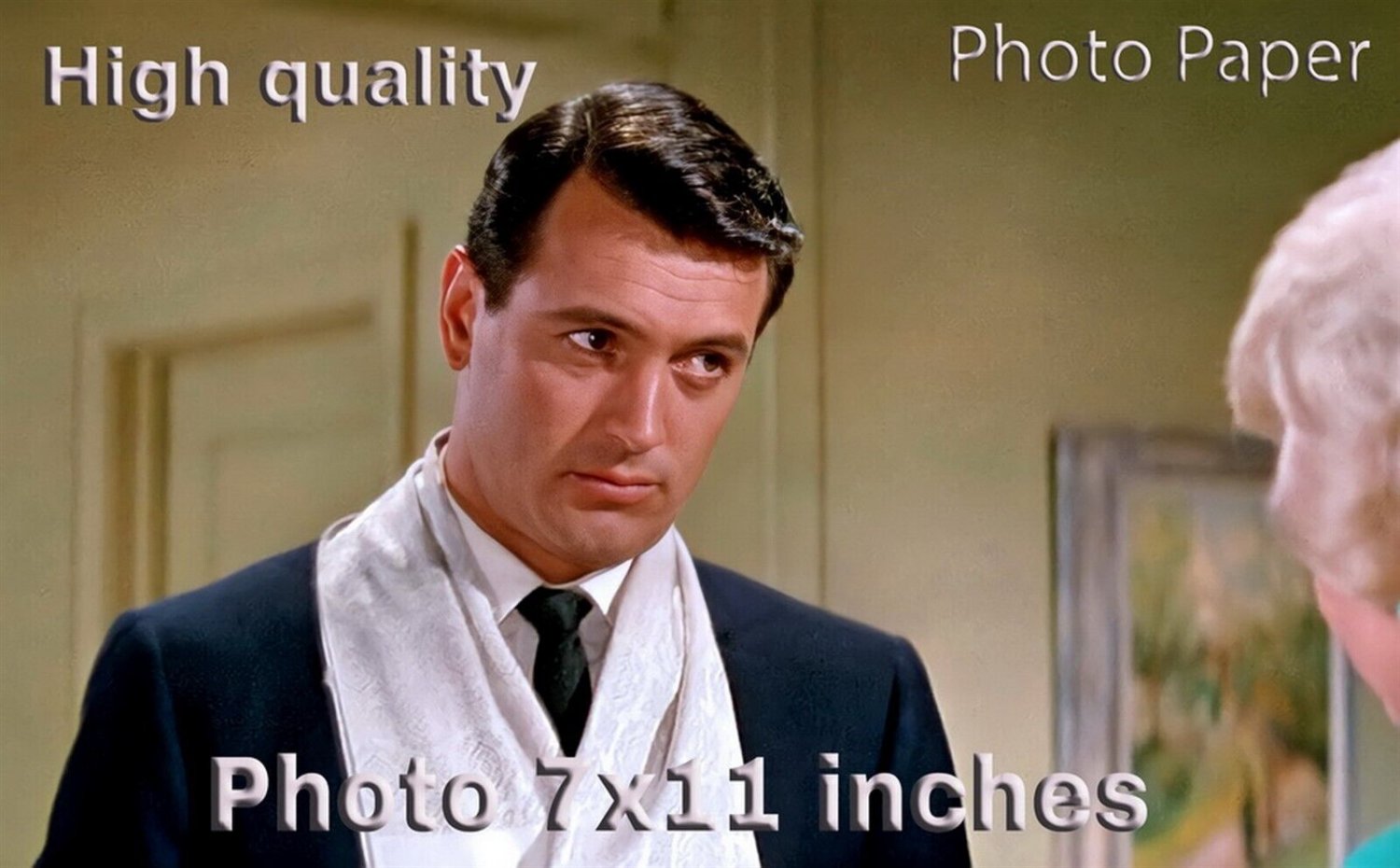Let me tell you about one of the most iconic moments in the 1959 romantic comedy Pillow Talk. Picture this: Doris Day and Rock Hudson are enjoying a flirty conversation over the phone while both are soaking in their baths. The scene uses a clever split-screen effect, making it seem like these characters, who are actually in separate apartments, are sharing the same tub. It’s a visual trick that adds a playful twist to their banter.
Believe it or not, this scene, which seems pretty mild by today's standards, almost didn't make it into the movie. Universal Pictures thought it was too risqué and almost cut it out. And guess what? The title itself, Pillow Talk, was considered too suggestive! At one point, they were considering renaming the film Any Way the Wind Blows. But thank goodness they didn’t, because Pillow Talk went on to become the fifth-highest-grossing film of 1959 and earned Doris her only Oscar nomination.
Here’s how the story unfolds: Jan Morrow, a career girl, and Brad Allen, a charming womanizer, share a party line. They instantly dislike each other when Jan keeps overhearing Brad using the same cheesy lines to seduce different women. But fate has a way of turning things around. After spotting Jan dancing at a nightclub, Brad decides he wants to conquer her heart. He pretends to be a gentleman from Texas to win her over, leading to unexpected consequences that neither of them could have predicted.
Read also:Exploring The World Of Instagram Karrueche A Deep Dive Into Fame Influence And Authenticity
Rock Hudson’s Journey to Pillow Talk
Rock Hudson was at a turning point in his career after the 1957 film A Farewell to Arms didn’t perform well at the box office. He initially turned down the Pillow Talk script three times. “We almost didn’t do it because it was too dirty,” he admitted later. Doris Day, whose husband Marty Melcher was one of the producers, managed to convince Rock over lunch at their Beverly Hills home. “He wasn’t sure about doing a comedy because he’d never done one before,” explained Pierre Patrick, a close friend of Doris. But Doris believed in the script’s witty dialogue and sophisticated humor. “I was crazy about that script,” she said. “And I loved the clothes, and I loved working with Rock for the first time.”

A Bond Formed on Set
Rock and Doris became fast friends right from the start. Rock affectionately nicknamed Doris “Eunice Blotter” and “Maude,” while Doris called him “Ernie” or “Harold,” which was his real middle name. “It was magic between the two of them,” recalls Pierre Patrick. “They laughed together all the time, and that chemistry really showed on screen.”
Tony Randall, who played the man caught between Jan and Brad, played a crucial role in helping Rock embrace comedy. He encouraged Rock to watch his own dailies, which revealed his natural comedic talent. “He discovered, with delight, that he had a real flair for comedy,” remembered Tony. “He came alive in it. He couldn’t contain his smile. He was bubbling with joy. He began to have fun, and the results are magical.”
The Legacy of Pillow Talk
When Pillow Talk hit theaters in October 1959, it was a massive hit. It revived the romantic comedy genre, which had been overshadowed by historical epics, war films, and westerns. The film marked a new chapter in both stars’ careers. Rock received some of the best reviews of his life, with critics comparing him to legends like Clark Gable and Cary Grant. For Doris, the film helped her break free from her virginal girl-next-door image. “Being nominated for an Oscar for my role in Pillow Talk was a very pleasant surprise,” said Doris. “Most importantly, Rock and I became dear friends, and that is something I will always cherish.”


